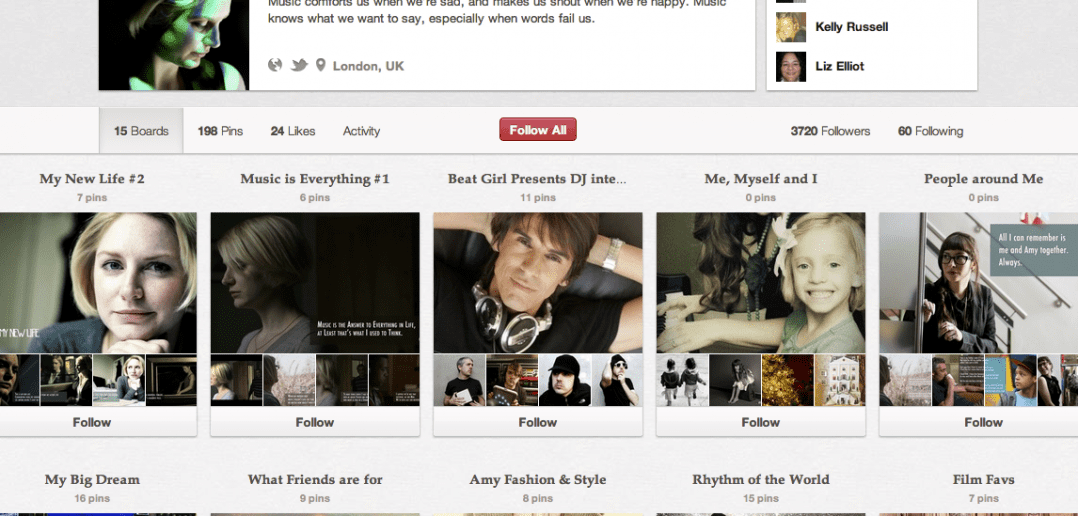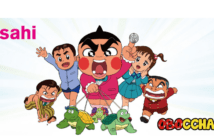It’s been a long journey since we started Sofia’s Diary, our first transmedia series. At the time, none of the popular social media tools that are so prevalent now, like Twitter, Facebook or Youtube, were available.
Nowadays it’s easier for producers to achieve the same level of audience engagement, using services like Twitter or Facebook, out-of-the-box tools that enable user participation through the format of blogging, commenting and share. The use of social media opens new windows for content distribution and marketing, as these services have become big ‘broadcasting’ networks. They are now part of the daily routine of a vast number of people.
But the use of social media for storytelling and content promotion shouldn’t be done without a big degree of research and planning. If you are trying to create a community on a social network, you should examine why people are using social media. The evidence suggests that audiences are using these sites to connect with people, even perhaps spy on friends and acquaintances, to tell friends and family what they are doing, to post videos and photos of themselves and their friends. They are in fact mostly concerned with the mundane but personal details of people’s lives.
Therefore, I would say to you that whenever you are creating a fictional character, with say a Facebook fan page, you need to be really careful to think about what kind of content they should be posting if they are to engage with the audience. For instance, a lot of companies have made the mistake of trying to get audiences to be ‘friends’ with their retail brands. This approach misses the entire point of why people access social networks.
Taking all this in consideration, when we, at beActive, launched our new transmedia show, Beat Girl, we looked at what was the best approach to connect with its intendend audience. We researched what was the best social network service that could support our story. The world we created for Beat Girl was very image-driven. Although we have a novel based on the live and the journey of the character, we always found that heather journey was full of great images and sounds, from the world of classical music to the world of underground raves.
It was very difficult to describe in words some of the experiences Heather (the lead character) goes through, the people she meets, the parties she goes to; so we decided to experiment to tell the story using images and photos, where words were only there to complement but not drive the story. We’re also very much into non-linear storytelling, and Pinterest, as a non-linear medium, allowed us to do some experiments in this area.
You can consult Beat Girl’s Pinterest page here.
(Ed.: For those unfamiliar with Pinterest, it’s essentially an online pinboard, where you can ‘pin’ photos and videos to a wall which displays your interests. You can also pin other people’s photos, making the whole experience social. For the record, Pinterest is the fastest-growing social platform today, having attracted over 10 million users in less than a year).
We didn’t create the experience to pretend that this was a personal wall and the images were pinned by Heather, the main character. Our goal was to use photos — both professional photos with professional actors, and random photos from the web, that we ‘pinned’ from other places — to create an environment that could present the story and the emotions of the character. Although the tone of the video pieces is first person-based, we wanted the Pinterest experience not to be limited to that decision.
Our next step was to invite fans also to be part of the experience and add photos and other material to the Beat Girl boards and make it more a community-based experience.
It’s always difficult to predict what is a fad or not, but I expect that Pinterest will stick because it focus on our natural impulse of look and share at photos. It makes the old concept of the scrapbook a digital and social experience; and its exponential growth shows that users just love it. It’s very easy to use and integrates with other existing social media services, so it was the appropriate to bring Heather and Beat Girl to an audience.
During the last 10 years we learned that when you want to create a community, you want all of the members to have the same experience. You don’t want your content dispersed because whenever your audience is asked to move from one media to another, the simple fact is that you will lose some of them. The last thing you want is a puzzle of content that doesn’t allow you to maximise your connection with the fans.
So my advice is not to try to create profiles on all the social networks available but pick the one that serves better your story, your project, and then create the best experience possible, and experience that will connect and feel natural to actual users of that platform. From there establish the foundations of your community, one that you will seed and nurture for the next months or years.
Nuno Bernardo is the founder and CEO of TV, Film and Transmedia production company beActive. He is also the author of a book, The Producer’s Guide to Transmedia. Find him on Twitter and Facebook.





1 Comment
Pingback: Nuno Bernardo: How to use new Social tools — like Pinterest — in Transmedia Projects « Transmedia Camp 101